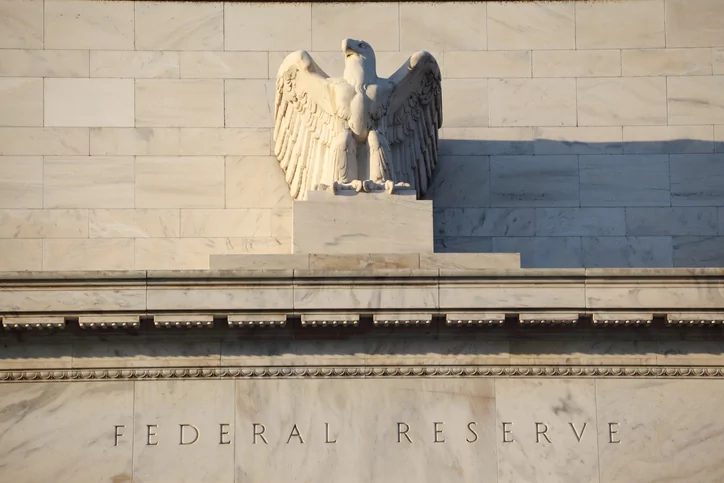Inflation is the top economic issue for most voters, according to nearly every poll. The dollar has devalued by more than 20% since the pandemic hit, and inflation remains stubbornly high. Mortgages and car payments are less affordable than they were before COVID-19, and not everyone’s paycheck is keeping up with the increased costs.
The next administration must get inflation back to pre-COVID-19 levels and make sure runaway inflation does not return. One way to do this is to curtail the Federal Reserve’s power to decide policy all on its own. In short, Congress could make inflation less of a problem in the future by passing a binding policy rule on the Fed now.
The Fed has almost unlimited discretion over monetary policy, which t is what helped cause today’s inflation mess. The culprit wasn’t corporate greed, or supply chain problems, or Russian President Vladimir Putin’s Ukraine invasion. Inflation is all about the money supply. When you print money faster than the real economy grows, you get inflation.
That is what’s happened over the past few years. When COVID-19 hit, the Fed panicked. Within weeks, it began a massive stimulus program that created $5 trillion of new money. Part of this was to even out slower activity during lockdowns. Part of it was to help finance trillions of dollars of bipartisan deficit spending, because Congress also panicked. Then the Biden administration continued this spending spree, abandoning any sort of fiscal restraint. As a result, the Fed quadrupled its usual rate of money creation and inflation quadrupled to match, peaking at 9.2%.
The Fed has since regained its senses and pursued mostly sensible policies since mid-2022. But financial markets don’t trust the Fed, and they don’t trust Congress either. The government could go right back into stimulus mode when the economy next starts to slow, and that would mean more inflation. Companies are factoring that expected inflation into today’s contracts and investments, and that’s why that last mile of inflation has been so difficult. It’s a credibility problem.
The way to fix that credibility problem is to take away the Fed’s discretion and bind it with a rule. The reason the Fed created $5 trillion of new money is because it could. Making the Fed follow a pre-set rule will not only prevent harmful panic policy during a crisis, it will also insulate the Fed from political pressure from Congress and the White House.
We already know this rule would work. The Fed informally followed one for about 20 years, from the mid-1980s until the Fed panicked during the 2008 financial crisis. With good reason, economists call this period the Great Moderation.
The rule it followed is called the Taylor rule. The general idea is to raise interest rates when the economy is growing and to lower them during recessions— and to do it by amounts set in a standard equation. Congress should formally revive the Taylor rule or another rule like it.
There are other good candidates for monetary rules. The Nobel laureate Milton Friedman advocated a money supply targeting rule: if real gross domestic product (GDP) goes up 5%, then the money supply must also grow 5% to match. If real GDP goes down 5%, shrink the money supply to match. This money supply targeting rule is too simplistic for an age of cashless digital transactions and cryptocurrencies, but clever economists could modernize it. Nominal GDP (NGDP) targeting is a third type of rule that is gaining popularity. The idea is to always have nominal GDP — not real GDP — grow at a constant rate. Suppose the NGDP target is 5%, for the sake of argument. If real growth is 4%, then the Fed would aim for 1% inflation. If the real economy shrinks by 1%, then the Fed would counter it with 6% inflation.
CLICK HERE TO READ MORE FROM THE WASHINGTON EXAMINER
NGDP targeting would add stimulus during slowdowns but leave well enough alone during good times. Whatever the real economy does, the Fed would react with an inflation number that combines with it to make 5% NGDP growth, or whatever the target is. It could do this through different combinations of money supply and interest adjustments, depending on how the rule is drafted.
Each of these rules has pros and cons. But it is less important which monetary rule is chosen than it is to have one in the first place. A monetary rule would quickly conquer that last mile of inflation by giving markets stable inflation expectations. It would keep inflation low in the long run. It would take away the Fed’s panic button, which never works. Finally, a monetary rule would insulate the Fed from political pressure to stimulate during election years.
Ryan Young is a senior economist at the Competitive Enterprise Institute, a free market public policy organization based in Washington, DC.




